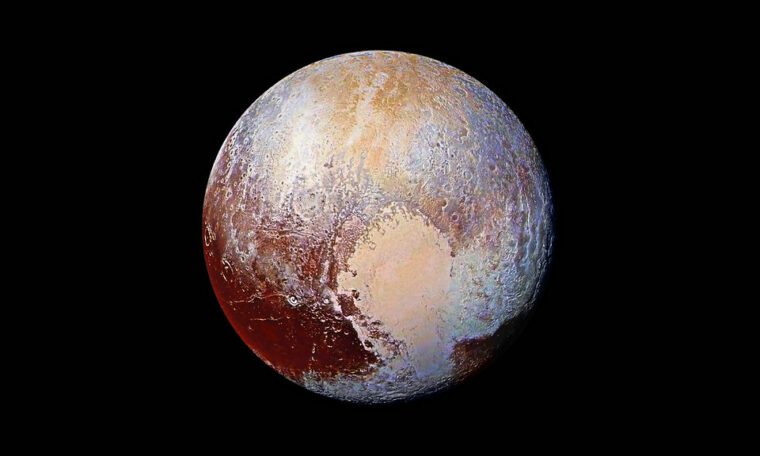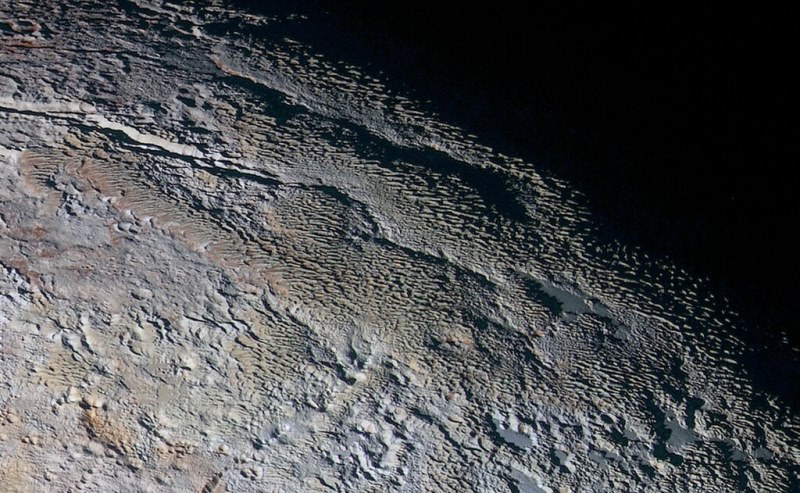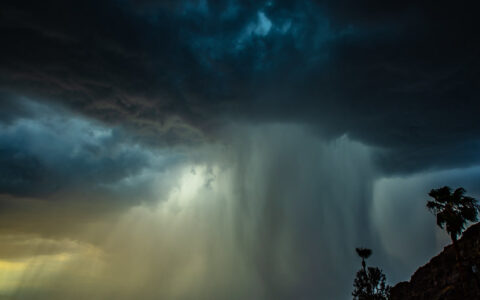
Until the New Horizons spacecraft flew past it in 2015, humanity had very little knowledge about this body, and many were expecting a rather tiresome, icy asteroid.
A new study reveals that there are dunes present on Pluto, but they’re not like the ones found on Earth. “The methane grains could have been lofted into the atmosphere by the melting of surrounding nitrogen ice or blown down from nearby mountains”, the researchers explain. “We see mountains, glaciers and ice moving”.
One of the major revelations of those early observations of the dwarf planet was the presence of a huge icy basin that came to be known as Sputnik Planitia. Since the announcement of Pluto’s discovery, the body has been a subject of much speculation: even from the very start, its designation as a planet was a matter of controversy. The paucity of craters speckling Sputnik Planitia shows that the ice plain’s surface has been shaped by geological activity recently. Pluto’s mild winds then carried the particles to the area where the dunes on Pluto are now located.
“It turns out that even though there is so little atmosphere, and the surface temperature is around -230˚C, we still get dunes forming”, said Dr. Matt Telfer, who led the research team. “It is far more interesting than any of us dreamed, and tells us that these very distant bodies are well worth visiting”, Brigham Young University planetary scientist Jani Radebaugh said. He noted there are dunes on the scorching surface of Venus under a dense atmosphere and out in the distant reaches of the solar system at minus 230C under a thin atmosphere. There’s no surface rock on Pluto that could produce sand. These sandy methane particles are then transported by the winds to the plains and mountain range, where dunes eventually form. Such frozen sand dunes of methane seeming like that on the earth have been moved by the strongest winds on the planet.
These are then transported by Pluto’s moderate winds (which can reach between 30 and 40 kmh), with the border of the ice plain and mountain range providing the ideal location for such regular surface formations to appear. “On Earth, you need a certain strength of wind to maintain transport”, said co-author Eric Parteli. “However, despite being 30 times farther away from the Sun as the Earth, it turns out Pluto still has Earth-like characteristics”. “The considerably lower gravity of Pluto, and the extremely low atmospheric pressure, means the winds needed to maintain sediment transport can be a hundred times lower”. For dunes to be present, there has to be a force that forms them. The dwarf planet at the edge of our solar system is now thought to have winds and dunes on its surface, and there’s a new theory that it was made from the collision of a billion comets. Scientists were surprised to find dunes given Pluto’s thin, weak atmosphere.
“Most notably, it remains to be shown how high the dunes are, when they are most active, whether they change” and whether particles can be swept into dunes without rising into the air. The probe is now gearing up for a flyby of a small object called 2014 MU69, which lies about 1 billion miles (1.6 billion km) beyond Pluto.
Scientists reveal the secrets behind Pluto’s dunes

“Much work is left to do to understand dunes on Pluto”, wrote Cornell University’s Alexander Hayes wrote in a companion article.
He noted there are dunes on the scorching surface of Venus under a dense atmosphere and out in the distant reaches of the solar system at minus 230C under a thin atmosphere.
For some time, scientists have been intrigued by odd, regularly spaced ridges, that stuck out of Pluto’s cold, dark plains like thumbprints pressed into ice. Such winds are generated by the downward flow of gases from the tops of the surrounding mountains, as well as through the process of sublimation of methane ice, i.e. its transition from the solid to the gaseous state. The recent study of results from New Horizons indicates that there is a field of dunes at the edge of Pluto’s largest plain, Sputnik Planitia.
Until the New Horizons spacecraft flew past it in 2015, humanity had very little knowledge about this body, and many were expecting a rather tiresome, icy asteroid. In the neighborhood there stretched a chain of icy mountains with a height of about 5 km. the Researchers came to the conclusion that the dunes are from each other at a distance of 400-1000 m and are composed of frozen methane ice, the size of which the diameter is about 200-300 micrometers.
Pluto’s atmosphere was believed to be too thin to create the features familiar in deserts on Earth.
“But it turns out that Pluto, while being 30 times farther away from the sun than Earth, has similar characteristics to those of the Earth”.
So far, scientists have found dunes on Mars, Venus, Titan (Saturn’s moon) and on a comet. however, Pluto’s dunes are the only ones that are made from methane.
“Most notably, it remains to be shown how high the dunes are, when they are most active, whether they change” and whether particles can be swept into dunes without rising into the air.
“On Earth, you need a certain strength of wind to release sand particles into the air, but winds that are 20% weaker are then sufficient to maintain transport”, Eric Parteli, study co-author and lecturer in computational geosciences at the University of Cologne, said in a statement. In comparison with the pressure of Earth’s atmosphere, the Pluto’s atmosphere has got a lower surface pressure.
The scientists also believe the undisturbed morphology of the dunes and their relationship with the underlying glacial ice suggests the features are likely to have been formed within the last 500,000 years, and possibly much more recently.
On Pluto, solar radiation also causes temperature gradients in the granular ice layer, which contributes to the ability of dunes to form. This helps date when the dunes formed, as well.
This is the sixth place in the solar system where scientists have found dunes.
This world, where the gravity is one-sixteenth as strong as Earth’s, is “so different from our own in so many ways”, said study author Matthew Telfer, an expert in physical geography at Britain’s University of Plymouth.
“It turns out that even though there is so little atmosphere, and the surface temperature is around -230˚C, we still get dunes forming”, said Dr. Matt Telfer, who led the research team.




